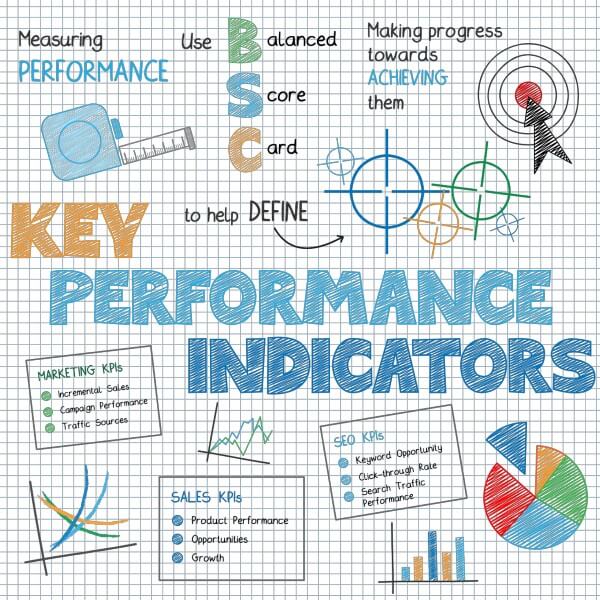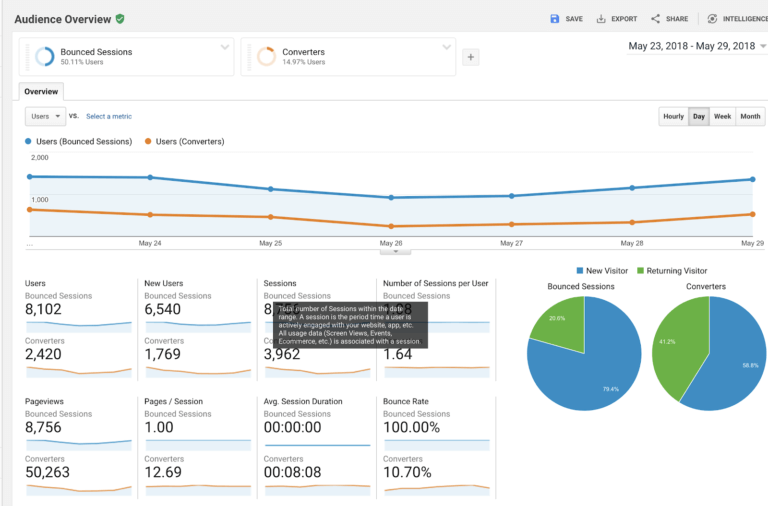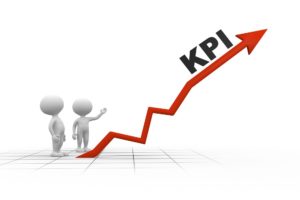3 Keys to Turn Your Web Data Into Actionable Insight
Let’s face it, as marketers, there is no shortage of available data. But what often is lacking is the insight or strategy to leverage that data.
An insight helps explain why something occurred but it doesn’t become actionable unless it includes a tactical response. While not all data is actionable, an insight that drives action is more valuable than one that just answers a question or clarifies a trend.
Understanding the role that data plays in your organization, connecting individual data points to business objectives and maximizing the actionable insights is what allows you to optimize your website in a way that will drive the most business value.
Here are 3 keys to help you better leverage your Web data to become more valuable and actionable.
1. Start with Business Outcomes
While your first instinct may be to dive right into your data, it’s important you first understand what problem you’re trying to solve.
When business outcomes aren’t driving your analysis, you can easily get lost in the weeds, focusing on metrics that either mislead or fail to directly impact the business.
Insights that are closely tied to your key business outcomes are more likely to drive action.
When developing a list of desired outcomes, start with the end in mind.
- What are the key business problems you are trying to solve?
- What are you hoping to accomplish for the business by being on the web?
- What are the three most important priorities for your site?
Think about what is important to your business. It all starts with a clear set of business objectives (or outcomes). The more time you spend upfront, the more valuable the insight will be on the back-end.
It’s a bit like that Abraham Lincoln quote, “Give me six hours to chop down a tree and I will spend the first four sharpening the axe.”
2. KPIs: Focus on the Critical Few
Identifying the key performance indicators or metrics that play a significant role in an organization’s success or failure, will help you hone in on what truly matters.
A lot of marketers want things, but they don’t know why they want them. If you don’t know how a particular metric might impact your business, even if it increases or decreases significantly, it’s likely an “ego” or “vanity” metric. Ask yourself some tough questions about the metrics you may have been measuring.
- Why do we want more Facebook followers?
- What is a banner ad impression worth to us?
- Do users from Instagram ever turn into leads?
To help identify the most important factors, start with your high-level business objectives (or desired outcomes) and drill down to data points that help tell that story. Often the best KPIs, or those with actionable outcomes, aren’t necessarily the first ones that leap to mind.

A few examples are listed below.
- If your business objective is to strengthen relationships, you might include a KPI that’s tied to visitor loyalty and recency.
- If you’re an ecommerce site that needs to grow sales without increasing marketing spend, you might think of conversion rate initially but analyzing data points such as cart abandonment rate and average order value could offer more actionable insight.
- Or, if sales are lagging in a specific region, then create a segment of users in that area and drill down into the behavior patterns of those visitors to determine why that area is lacking. Perhaps you need to better optimize a landing page, with a high bounce rate among users in that region.
The bottom line is to dig below the surface to uncover the data points that are at the root of the objective or desired outcome. But KPIs don’t always need to be derived from less visible metrics. Sometimes even the simplest metrics can become useful, particularly when filtered further through audience segments.
3. Segmentation
Once you’ve identifies your KPIs, you need to give them context to understand the why.
The contextual piece comes from segmentation. The premise of segmentation is actually very simple — breaking down aggregate data by different dimensions (e.g. age, gender, income, location, etc.) to identify patterns (e.g. clusters of customers with similar characteristics).
For example, knowing your revenue per users has increased is good but knowing it was driven from new customers who were referred from a specific site or article link is better. Or, consider the marketing value in knowing that women, 35-54 from New York and New Jersey are converting at a much higher than average rate. Or, for a tourism destination, being able to identify users with high vacation planning intent based on specific page or series of pages they land on, can help prioritize those pages in search efforts.
Grouping users that have attributes in common allows you drill down to identify behavior patterns and develop strategies targeted to specific user groups. You can identify differences in the navigation path by segment, determine which user types are most valuable or which channels are delivering traffic with the lowest or highest bounce rates.
Segmentation will can also help you identify your core audience and buyer personas. For example, you may find that 60% of your website sales is driven by one customer segment. That is incredibly valuable insight for your business.

When you apply segmentation, the most basic KPIs (bounce rate and conversion rate) will become more useful. You’ll be armed with the necessary data to develop strategies and messaging to micro-target segments based on their specific behavior patterns or marketing value.
Choosing which segments to study depends on the business objective or problem you are trying solve. But the goal is the same….to identify which key factors or audience groups are driving business outcomes.
Related posts:
Categories:



